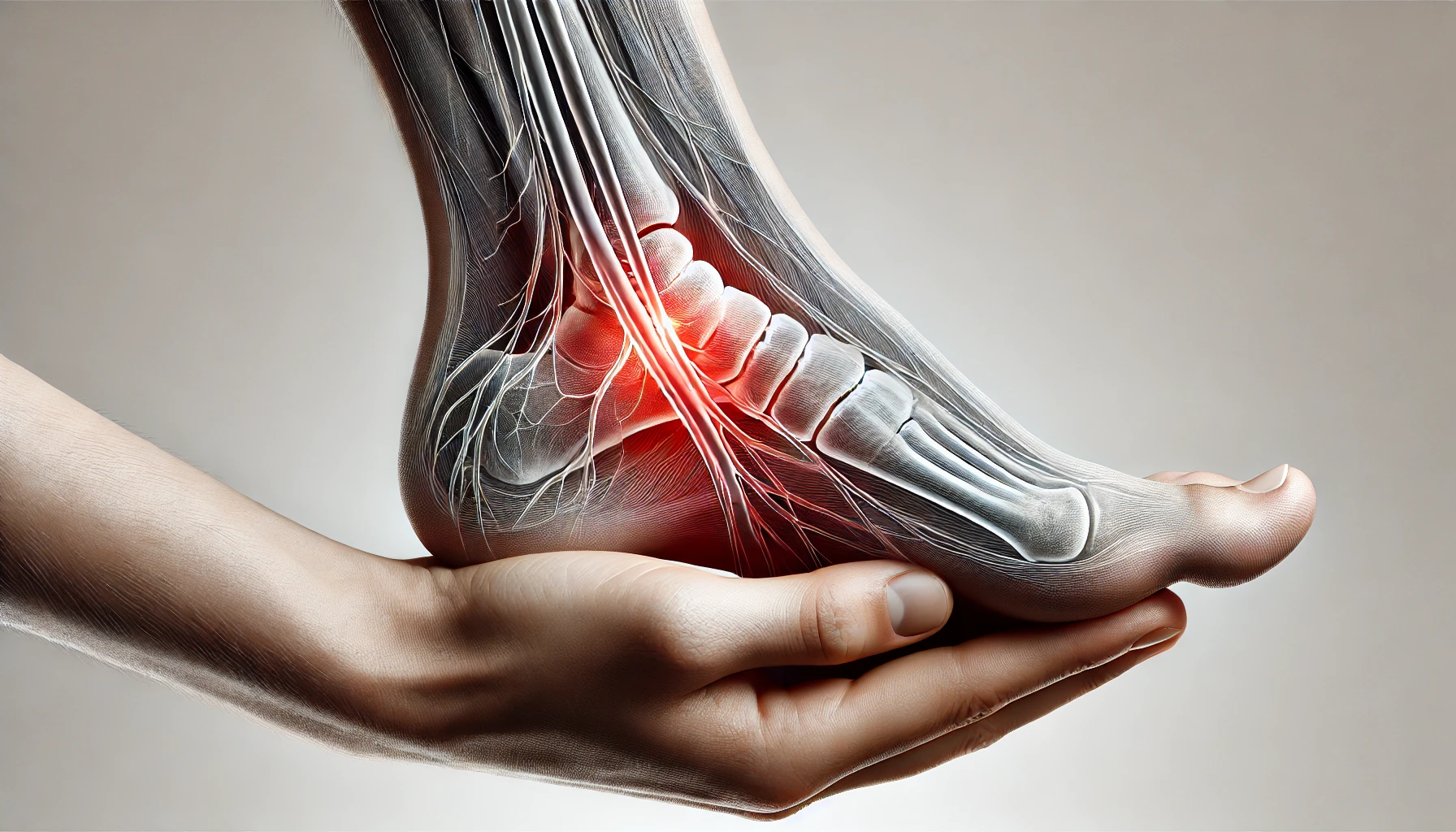This post was written with Consensus AI Academic Search Engine. Heel spurs and plantar fasciitis are common causes of heel pain, often affecting athletes and the general population alike. Plantar fasciitis involves inflammation and degeneration of the plantar fascia, while heel spurs are bony growths on the calcaneus (heel bone). This article explores the relationship between heel spurs and plantar fasciitis, their classification, associated risk factors, and treatment options.
Classification of Heel Spurs
Heel spurs can be classified based on their shape and size. A study classified plantar heel spurs into four shapes: absent, horizontal, vertical, and hooked. The size of the spurs was categorized as less than 5 mm, 5-10 mm, and greater than 10 mm. The study found that the shape and size of the spurs did not initially correlate with pain and function, but post-treatment, patients with larger horizontal or hooked spurs showed the greatest improvement in function and pain1.
Another study classified calcaneal spurs into two types: Type A, located superior to the plantar fascia insertion, and Type B, located within the plantar fascia. Type B spurs were associated with more severe plantar fasciitis and higher granulocyte counts, indicating a more intense inflammatory response4.
Risk Factors and Associations
Obesity has been identified as a significant risk factor for plantar fasciitis and heel spurs. A study found that patients with plantar fasciitis and heel spurs had a higher BMI compared to a control group. The size of the heel spur was also larger in the plantar fasciitis group, suggesting that both obesity and larger spur size are associated with increased heel pain3. Another study confirmed that high BMI is an independent predictor of painful heel spurs, emphasizing the need for weight management in treatment plans8.
Treatment Options
Conservative Treatments
Cryoultrasound therapy has shown promise in treating chronic plantar fasciitis with heel spurs. A randomized controlled trial found that cryoultrasound therapy significantly reduced pain compared to cryotherapy alone, with long-lasting effects observed up to 18 months post-treatment2.
Surgical Treatments
For patients who do not respond to conservative treatments, surgical options such as endoscopic fasciotomy and heel spur removal can be effective. A randomized controlled trial comparing surgical treatment to a non-operative rehabilitation program found that surgical intervention provided superior results in terms of pain reduction and functional improvement at 12 and 24 months post-operation10. Another study reported satisfactory outcomes in 24 out of 27 cases following surgical resection of heel spurs and degenerated plantar fascia6.
Conclusion
Heel spurs and plantar fasciitis are closely related conditions that can significantly impact quality of life. Classification of heel spurs by shape and size can help tailor treatment plans. Obesity is a major risk factor, and weight management should be a key component of treatment. Both conservative and surgical treatments can be effective, with cryoultrasound therapy and endoscopic fasciotomy showing promising results. Further research is needed to refine treatment protocols and improve patient outcomes.
